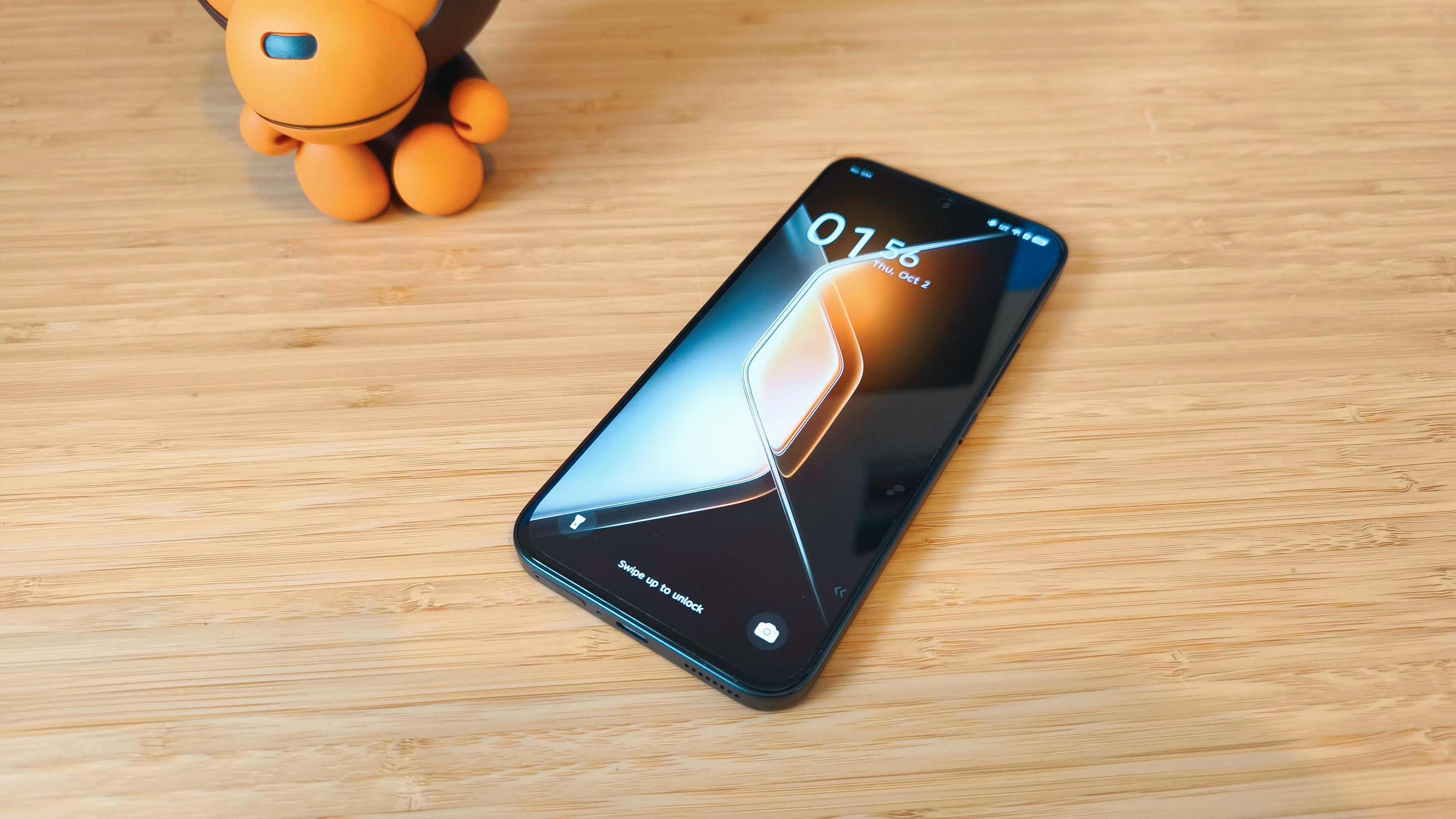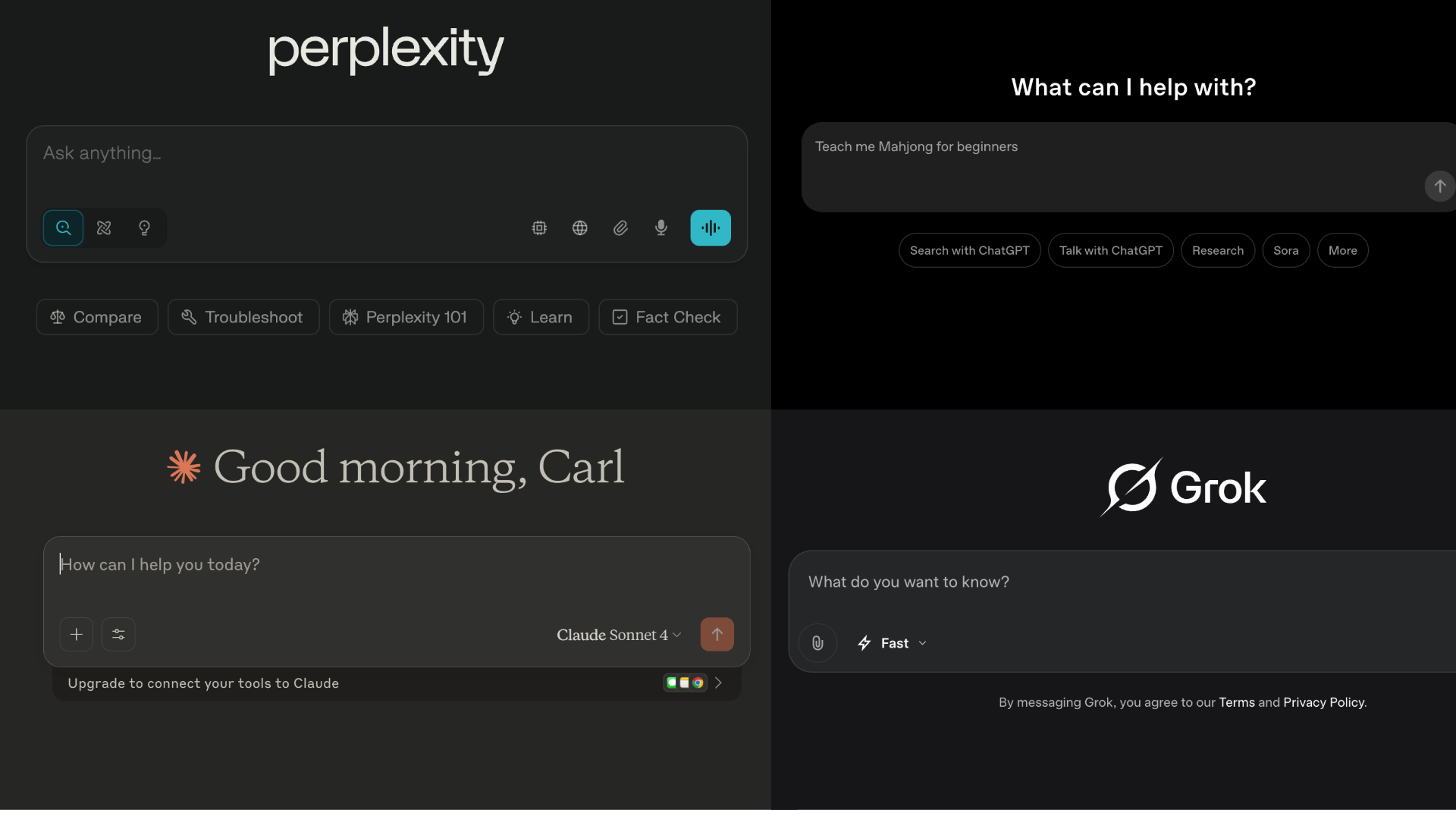Our Verdict
Infinix has impressed with bargain-priced phones that often offer features usually found in phones twice or three times their price, and that remains the case with the Infinix GT 30 Pro. With flashing RGB lighting effects on top of a general gamer aesthetic throughout, it's clear who the core demographic is, but even so, the GT 30 Pro acquits itself well for photography and general creative use, with a well-stocked suite of features in its photo and video-editing apps, and a large, bright screen for creative use.
For
- Great for mobile gamers
- Good camera with lots of AI-assisted editing features
- Attractive price point
Against
- Europe and US availability is sparse
- Screen scratches easily
- Plastic build
Why you can trust Creative Bloq
It's important to view the Infinix GT 30 Pro in the context it is intended. We tend to focus mostly on products that are big in the UK and the US, quite naturally as most of our team is based in the UK and a majority of our readers come from the USA, so it can be easy to think that Apple and Samsung are just about the only smartphone makers in the world. However, Infinix is one of the best-selling phone brands in Africa, absolutely dominating markets such as Nigeria and Kenya in recent years, and based on the models I've been able to test in the last 3 years, I can see why.
While their camera-phone abilities won't ever stretch to beat the best iPhone or other best camera phones for photography, models such as the Infinix Note 40 or this phone's predecessor, the impressive GT 10 Pro, offer just about everything outside the small sphere of power users or pro photographers in the camera-phone space, and for a price that undercuts the 'big-brand' phones by more than half in most cases.
So, a natural question for many in the face of this information is: what's wrong with it? Surely there's a catch.
After a couple of months with the GT 30 Pro, I can answer those questions: A. not much, and B. no (big) catches, actually. Read on for my full review.
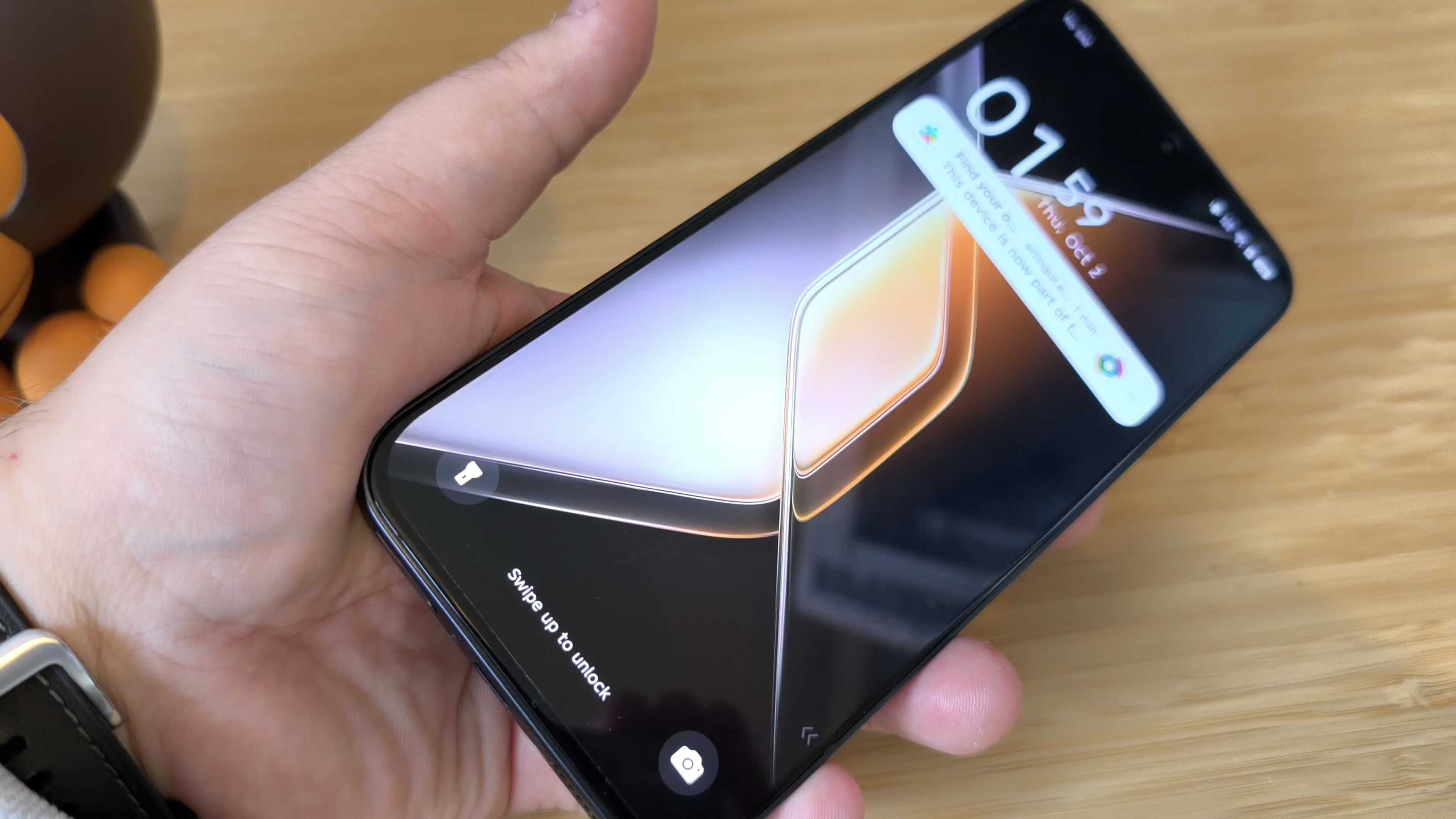
Infinix GT 30 Pro: Key specifications
Chipset: | Mediatek Dimensity 8350 Ultimate (4nm) |
Memory: | 12GB RAM |
OS: | Android 15, XOS 15 |
Screen: | 6.78in |
Resolution: | 1224 x 2720 (440 PPI) |
Refresh rate: | 144Hz |
Storage: | 256-512GB |
Rear cameras: | 108MP wide, 8MP ultrawide |
Front camera: | 13MP wide |
Connectivity: | Wi-Fi 6, Bluetooth 5.4, NFC, Infrared, USB-C 2.0 |
Battery: | 5200mAh |
Dimensions: | 163.7 x 75.8 x 8mm |
Weight: | 189g |
Design and screen
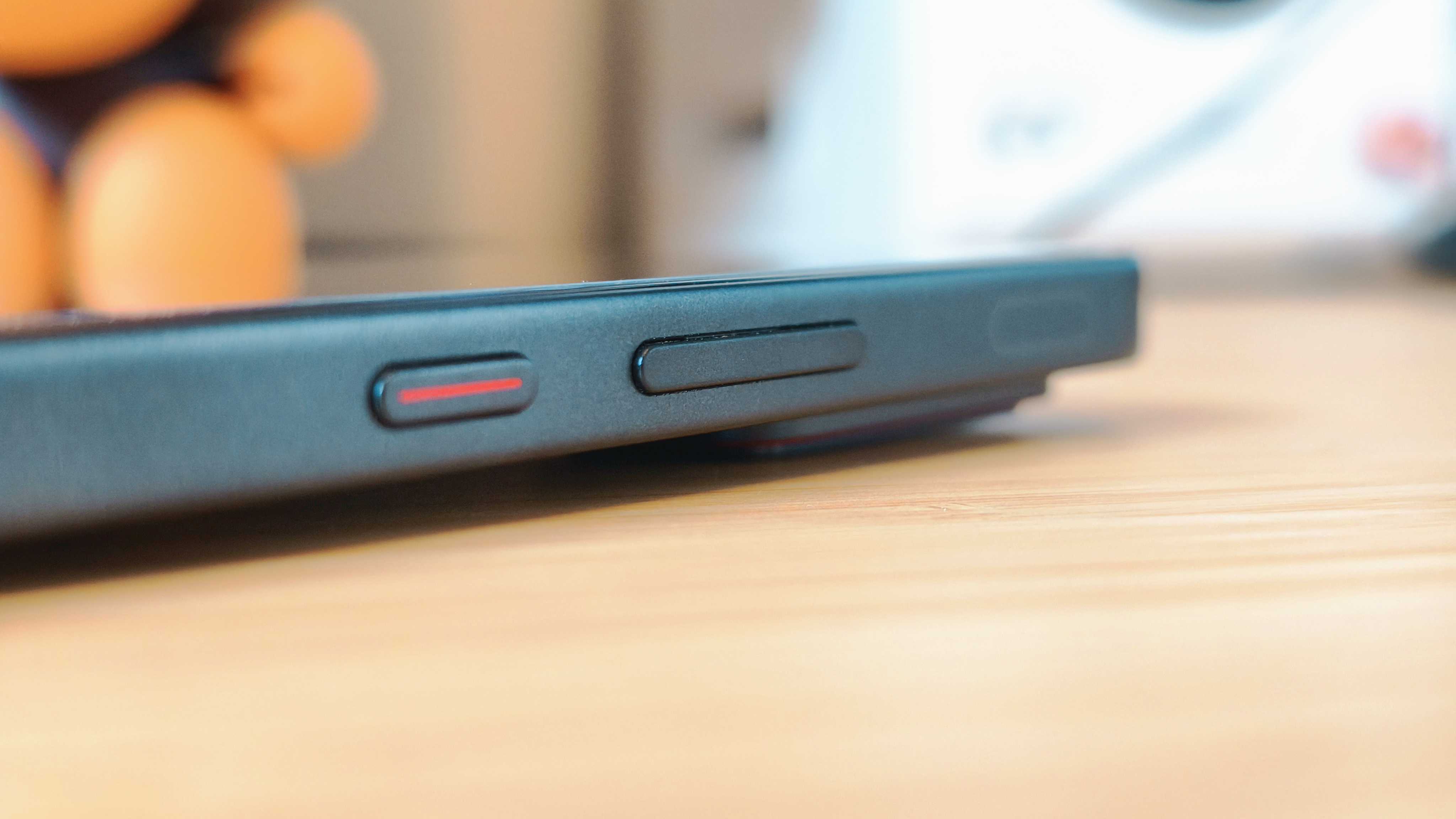
Infinix is a company that's become increasingly good at presentation. That's evident here, as the Infinix GT 30 Pro pulls a similar trick to the previous GT 10 Pro, in that it cleverly hides its budget-conscious build materials (plastic with a bit of plastic) with eye-catching gamer-centric aesthetics. On the back you'll find geometrically-shaped lines and angles, with four lights that flash whenever you flip it around or you receive a text or phone call, along with a small camera notch housing two cameras.
On the front you'll find an AMOLED screen that's only slightly less sharp than the one you see on your four-figure iPhones and Samsungs and Xiaomis. With a pixel density of 440 PPI and a measured brightness of up to 1815 nits, it looks good on paper, and also looks good with my eyes.
One drawback here, though, is that despite being certified as a Gorilla Glass 7i type of screen, it scratched very easily within days, revealing two noticeable scratches after being laid face-down on a smooth wooden desk. It's also much more smudge-prone than either of the iPhones I recently unboxed, my daily driver, a Xiaomi 15, or my other current test unit, the Xiaomi 15T Pro, both on the front and the back.
Daily design news, reviews, how-tos and more, as picked by the editors.
But when I'm comparing a £300-ish phone against these flagships, some concessions are naturally going to be made. The plastic build means it's lighter than it looks, too, which is either good or bad based on your preferences, and not everyone needs or wants a 6.78-inch screen, but the intended buyers, enthusiastic mobile gamers, surely won't mind the ample screen real estate.
Features and performance
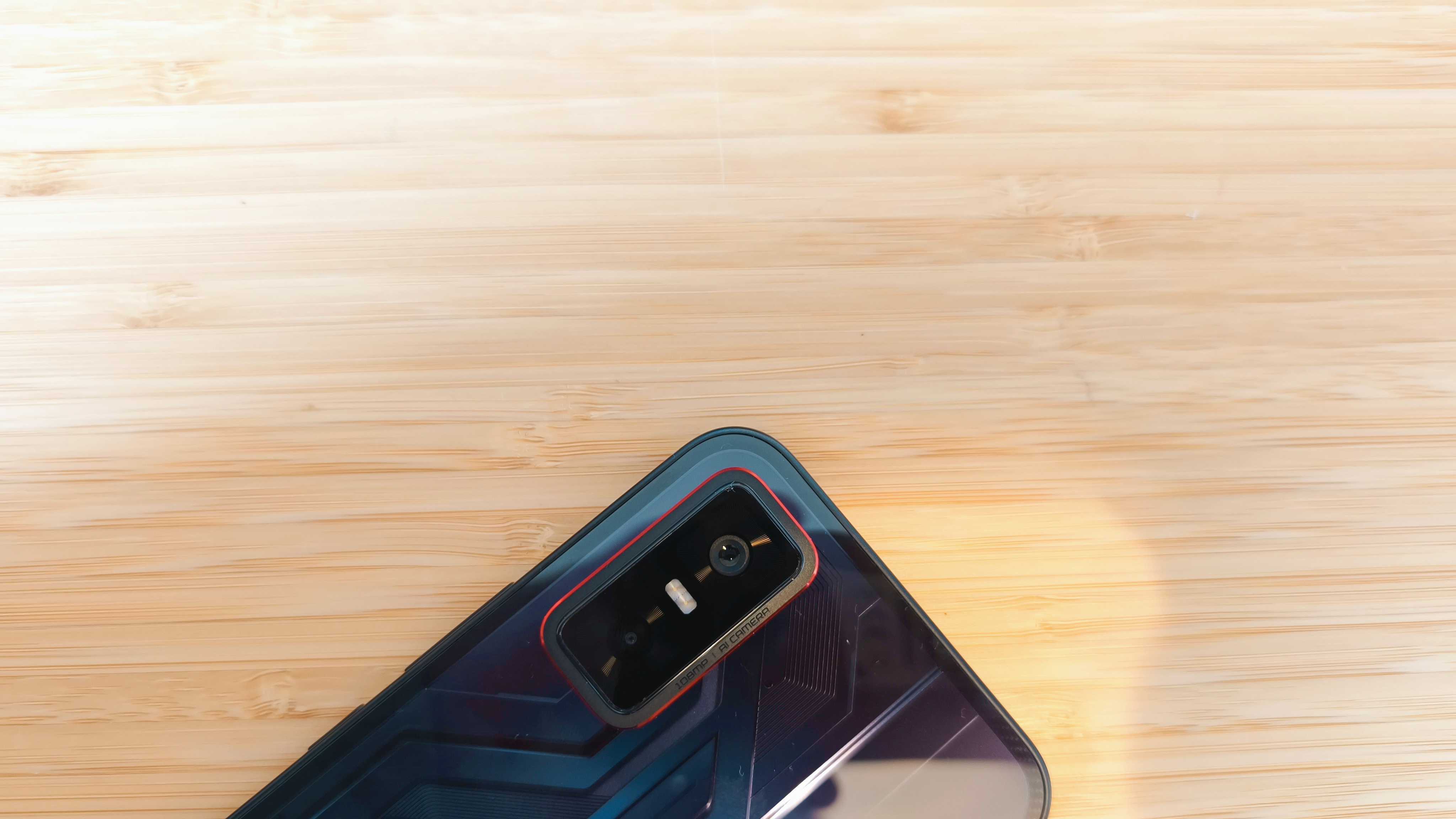
The first feature that marks the GT 30 Pro out as a gaming phone are two buttons you won't find on most other 'regular' phones, and you won't necessarily notice them immediately on this one either. Lying flush against the side, there are two 'GT Triggers' that can offer extra control in games and provide additional functions within the camera (you can customise what they do within your settings menu). I liked using them in racing game Asphalt and celestial strategy game Star Trek: Fleet Command, but found them surplus to requirements in the camera for the most part.
It's also entirely unsurprising that the GT 30 Pro performs very well as a gaming phone, belying its modest benchmarking scores by squeezing more focused performance via its game-boosting XArena container app.
The phone has 12GB of RAM as well, as well as a 6GB 'boost', which it draws from its storage, and the budget-friendly Mediatek processor does well in most everyday tasks, allowing me to get up to 7 or 8 apps spooled up and running before you start noticing a lag.
The XOS 15 operating system is built on Android and will be immediately familiar with Android and existing Infinix users, and I found to my delight that the little quick-access RAM-clearing button is still there. There is an 'Always On' screen setting, which is unusual for Android devices, but selecting that seemingly only yields a 'post-lockscreen' display that stays on for a few seconds before switching on, so the 'always' is liberally applied here.
Geekbench 6 | Row 0 - Cell 1 |
CPU single-core: | 1411 |
CPU multi-core: | 4055 |
GPU Metal: | 7816 |
The sound quality is really nice, with some bass and good highs without too much distortion, and the brightness and contrast of the screen makes for a really nice video-watching experience (for a phone, obviously, no one in their right mind watches an entire film on one of these by choice), even outside in sunlight, although reflections and aforementioned smudginess of the screen can affect that enjoyment a little.
The battery is a big-ish 5200 mAh proposition and allowed me to easily get through a day of heavy use without any charge anxiety, while it supports up to 45W fast charging, which topped the phone up from empty to 95% in just over an hour. It's not the ludicrous 90/120W 'hyperfast' charging of some other Infinix models, but plenty fast enough for most normal users.
AI
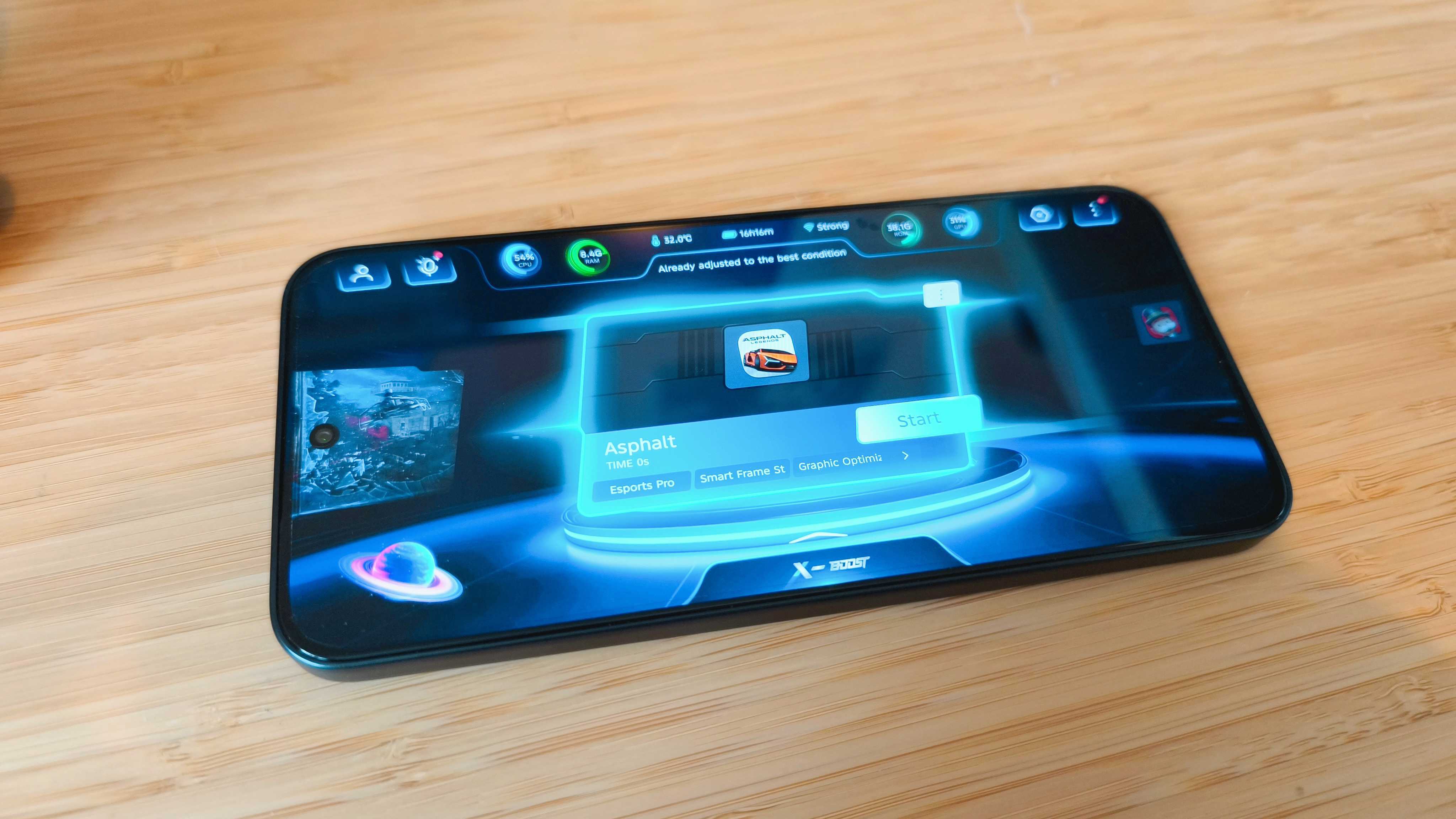
Infinix's big push this time is around 'Infinix AI', which offers a host of AI-powered functions, including the voice-controlled in-phone assistant Folax Voice as well as a Call Assistant and Translation Assistant, both of which are quite promising tools. There's also a Grammarly-like Writing Assistant and summarisation tool, along with less polished AI image editors and generator tools.
As with so many other devices and their rush into AI, the most useful here are those that help streamline what the user is doing (summaries of closed sets of data, writing assistance, translation services, etc), while the weakness and unreliability of generative AI are still very much evident, marking out very clearly which ones I'll be using going forward.
Camera
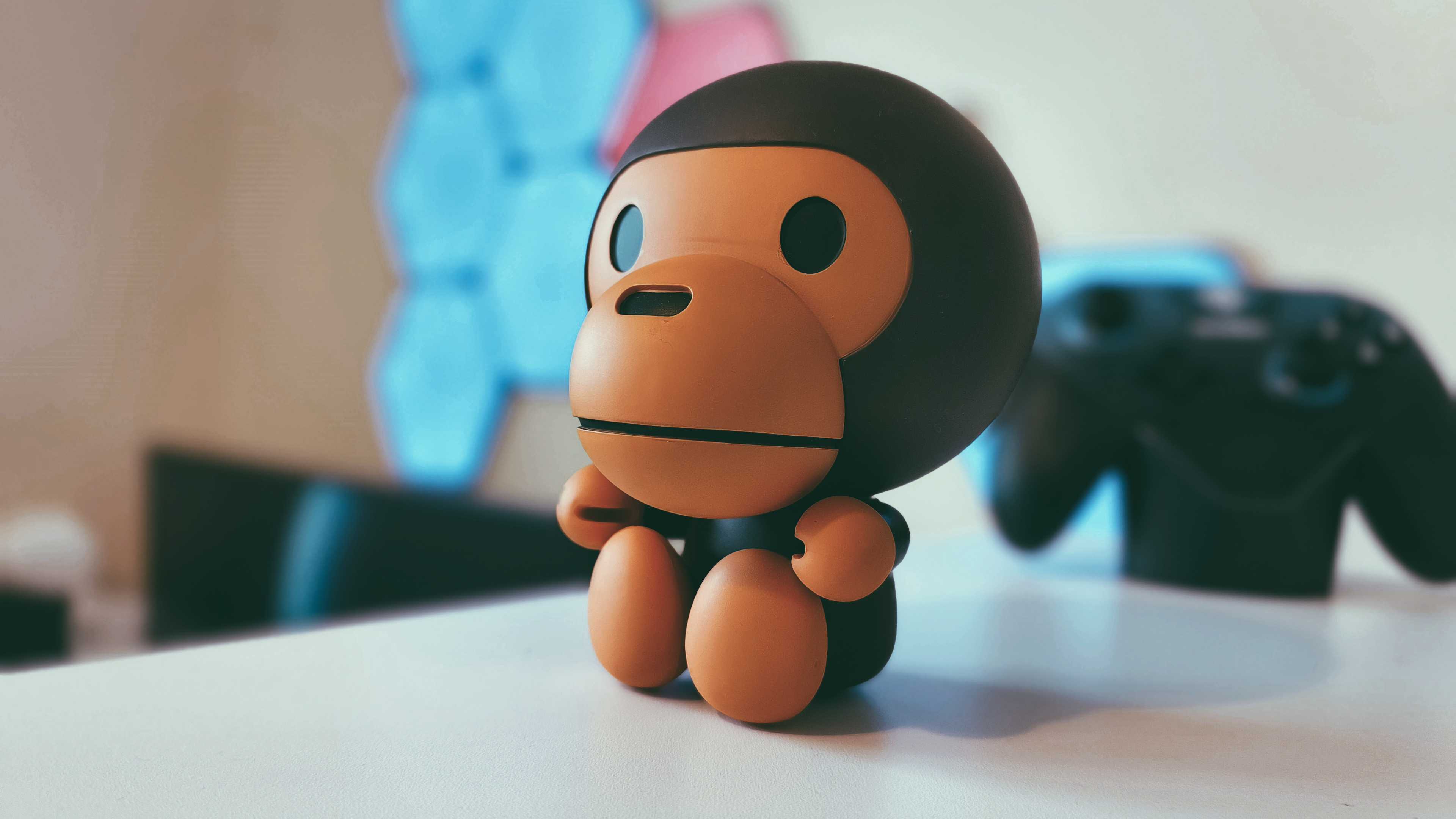



When it comes to the camera, the view is a little more compromised. Yes, the main camera boasts of a big-spec 108MP wide-angle lens, and I got fairly good 3x zoom pictures, but I noticed that graining started to appear at higher zoom factors. This indicates a fair amount of pixel binning, but the sensor is clearly decent as it offered good natural lighting quality in pictures with challenging light conditions.
I love a macro shot, and I was happy to see that despite the modest size of the ultrawide lens, it produces very decent super macros, and the 13MP selfie camera is casual content-creator-ready, if not pro-level.
Video quality doesn't lag that far behind more expensive flagships in pixel terms, with 4K video capture at 60FPS available, but the compromise is found rather in less polished image stabilisation than in your Samsungs and iPhones. On the flipside, there are bespoke vlog editing templates in the editing app, along with a nice array of filters and editing features.
Price
The Infinix GT 30 Pro isn't widely available in the UK or US, but pricing in Asia and Africa puts it at an equivalent of £270 to £350 depending on markets. That makes it a clear budget option for people who don't need the best performance, but like good performance. Especially if the gamer aesthetic doesn't hurt either.
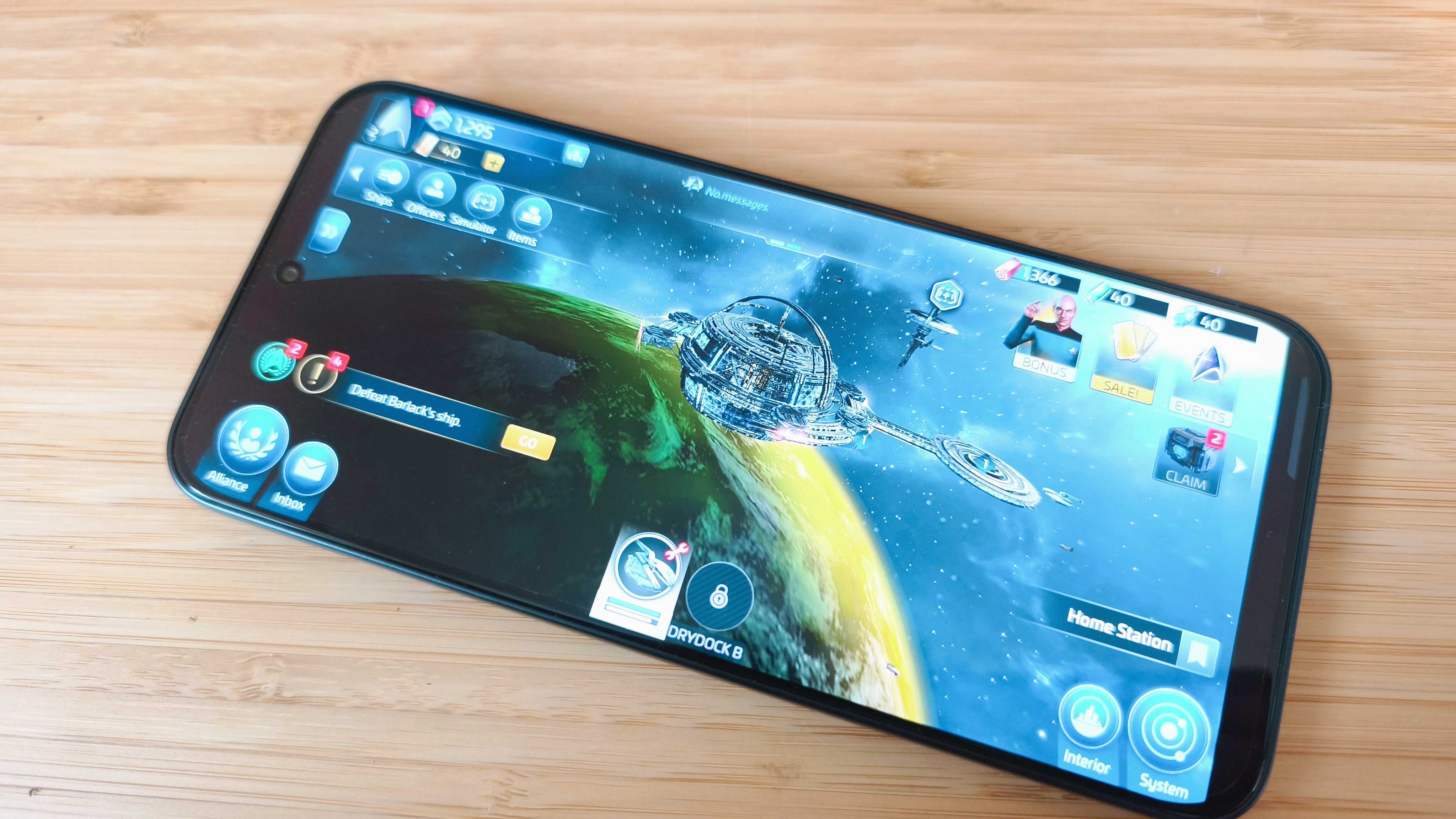
Buy it if
- You like mobile gaming
- You want good if unspectacular camera performance for a good price
- You like big phone screens
Don't buy it if
- You don't like smudges
- You want a more refined design
- You never game on your phone
out of 10
Infinix has impressed with bargain-priced phones that often offer features usually found in phones twice or three times their price, and that remains the case with the Infinix GT 30 Pro. With flashing RGB lighting effects on top of a general gamer aesthetic throughout, it's clear who the core demographic is, but even so, the GT 30 Pro acquits itself well for photography and general creative use, with a well-stocked suite of features in its photo and video-editing apps, and a large, bright screen for creative use.

Erlingur is the Tech Reviews Editor on Creative Bloq. Having worked on magazines devoted to Photoshop, films, history, and science for over 15 years, as well as working on Digital Camera World and Top Ten Reviews in more recent times, Erlingur has developed a passion for finding tech that helps people do their job, whatever it may be. He loves putting things to the test and seeing if they're all hyped up to be, to make sure people are getting what they're promised. Still can't get his wifi-only printer to connect to his computer.
You must confirm your public display name before commenting
Please logout and then login again, you will then be prompted to enter your display name.
